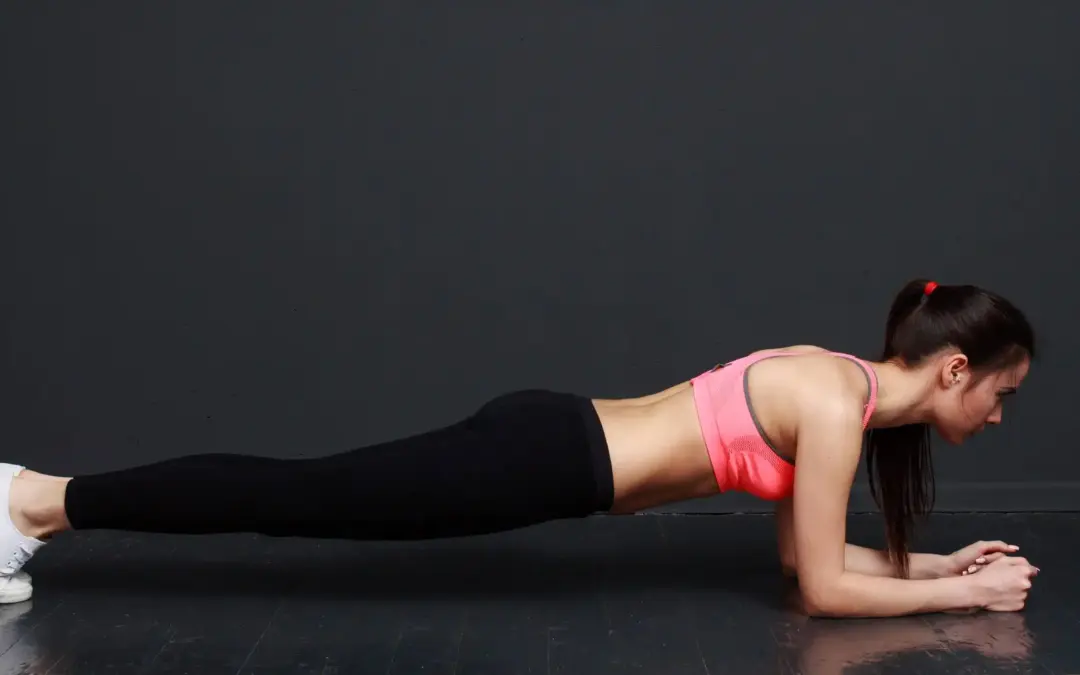
Proximal to distal biomechanics is the foundation of efficient movement. This principle highlights how movements originate from the core (proximal) and transfer outward to the limbs (distal). Babies naturally follow this pattern during motor development, first stabilizing their head and trunk before learning to crawl and walk.
In adults, this concept remains crucial. Core stability ensures that the limbs can move effectively and efficiently. When the core is weak or unstable, it leads to compensations, inefficient movements, and potential injuries.
Key Concepts:
- Proximal stability: The ability of the core and trunk to provide a stable base for limb movements.
- Distal mobility: The ability of the arms and legs to move freely and efficiently.
Real-Life Example: Imagine throwing a ball. The power starts with your hips and trunk (proximal) and travels outward to your arm and hand (distal). Without core stability, the movement becomes uncoordinated and less powerful.
Practical Applications:
- Incorporate exercises like planks, bird dogs, and dead bugs to build core stability.
- Train functional movements, such as medicine ball throws, to integrate proximal and distal mechanics.
Test Your Comprehension:
- Why is core stability essential for efficient movement?
- How does proximal to distal biomechanics apply to sports like tennis or golf?
- Can you identify an activity where this principle is disrupted?
Scientific References:
- Kolar, P. (2011). “Dynamic Neuromuscular Stabilization.”
- Hamill, J., & Knutzen, K. (2015). “Biomechanical Basis of Human Movement.”



